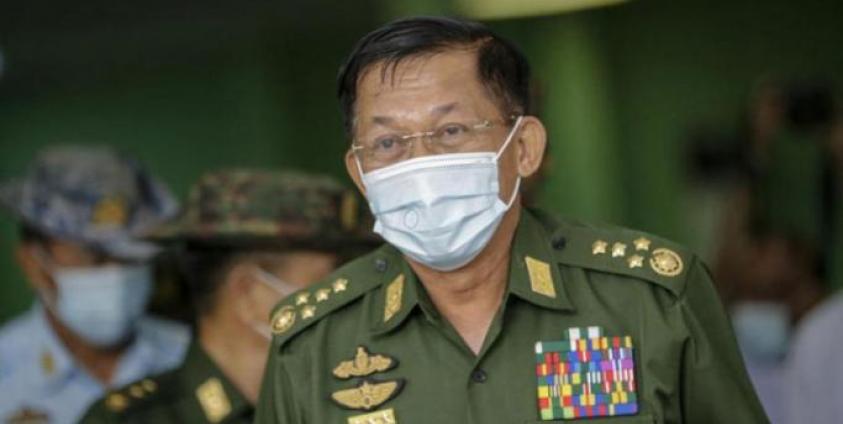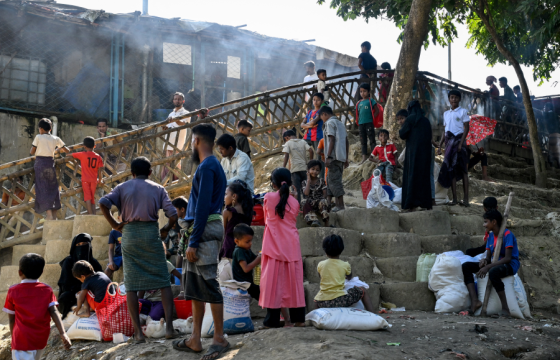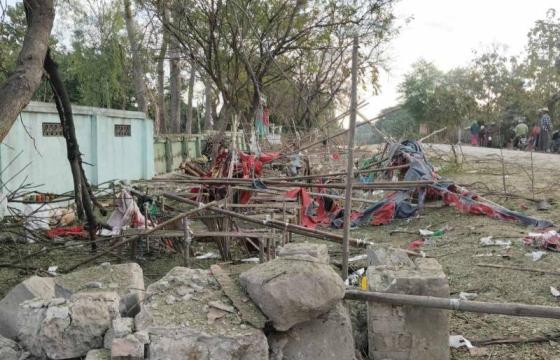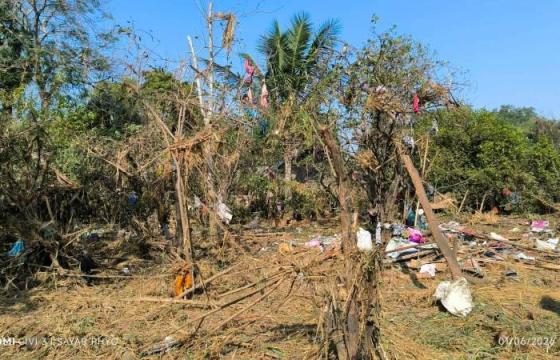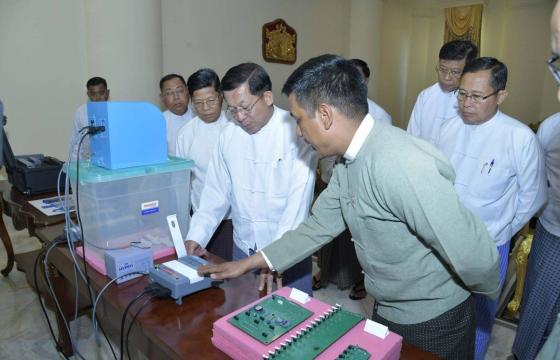The Myanmar junta calls them “peace talks” but the aim appears to be to keep potential enemies at bay.
When the State Administration Council (SAC) recently announced peace talks, offering an olive branch to the Ethnic Armed Organizations (EAO), junta leader Senior General Min Aung Hlaing said the talks are for the benefit of Myanmar’s people “to enjoy the essence of peace and development”.
But there was a method behind this offer of peace, according to analysts tracking the Myanmar crisis.
Myanmar has a total of 21 ethnic armed organizations, 10 of which accepted the invitation to the peace talks, the SAC’s spokesperson Major-General Zaw Min Tun told the media.
What became clear as individual EAO delegations went to meet Min Aung Hlaing in Naypyitaw was an underlying strategy to seek to “divide-and-rule” to maintain power. And, besides, none of the groups that went to visit are in direct armed confrontation with the junta.
Judging by the reporting on the visits to Naypyitaw by the individual EAO leaders over the last few weeks, there is a strategy being pursued by the junta that allows them to maintain the upper hand.
First of all, the junta was meeting with the leaders of the EAOs willing to talk on an individual basis, rather than having a group meeting, such as the grand gatherings under the earlier Panglong peace conferences. Any semblance of the collective power of EAOs is lost under this scenario.
Secondly, the junta meeting leaders individually allows the junta to pander to the needs or desires of the individual EAO, a crucially important factor given that a number of the EAOs are struggling to maintain power on their own turf. Some have limited or no real firepower.
These “private talks” allowed both sides, the junta and the EAO, to focus on their own needs. And the fact that the talks were private allowed both sides to have control over the messages they released to the public.
Two key meetings stand out. Min Aung Hlaing held discussions in the third week of May with Yawd Serk, chairman of the Restoration Council of Shan State (RCSS) and Shan State Army, the political body and its military wing representing the Shan minority from eastern Myanmar.
Then in the last week of May, the China-backed United Wa State Party/Army (UWSP/UWSA) delegation headed by the Vice-Chairman Lau Yaku arrived for talks with the senior general.
Despite the public statements of the RCSS and the UWSP on the Naypyitaw meetings, both EAOs sought to further cement their position in Shan State. The RCSS is facing military opposition from other EAOs in Shan State, whereas the UWSP is well-entrenched in its northern abode, backed by China across the border.
These junta-EAO talks were of concern to those pursuing the Spring Revolution, including the National Unity Government (NUG) and the many People’s Defence Forces (PDF). The NUG said in a statement on 1 June that they would not recognize the junta-EAO talks as the junta was an “illegal” and “terrorist” organization.
The NUG and PDFs want the EAOs to play ball with them - not ally themselves with the Myanmar junta or remain neutral.
But only a relatively small percentage of the EAOs – such as the Karen National Union (KNU) –appear willing to engage with the anti-junta NUG and PDF players. Others, such as the UWSP, may say publicly that they have called on the junta to pursue peace, but essentially they seek to maintain the status quo.
The Spring Revolution forces face a dilemma. In essence, this is the result of decades of stand-off between the Bamar military and semi-civilian government and the armed ethnic fighters in the hills.
The NUG may be seeking to woo the EAOs to their side but there appears to be a high level of distrust in the minds of the ethnic leaders. Dozens of “peace conferences” over the years have done little to dispel the division between the Bamar and the ethnic groups.
Junta leader Min Aung Hlaing called for peace and meeting after meeting sought to put this message over. But analysts recognize this overture is largely a smokescreen to hide his intent to continue to militarily crack down on any signs of resistance in the country – from the PDF fighters, to the street protesters, to the angry Facebook users censured for posting an anti-junta post.
What is clear as these talks wind up is that it is in the junta’s best interests to keep the Spring Revolution forces and the EAOs apart.

